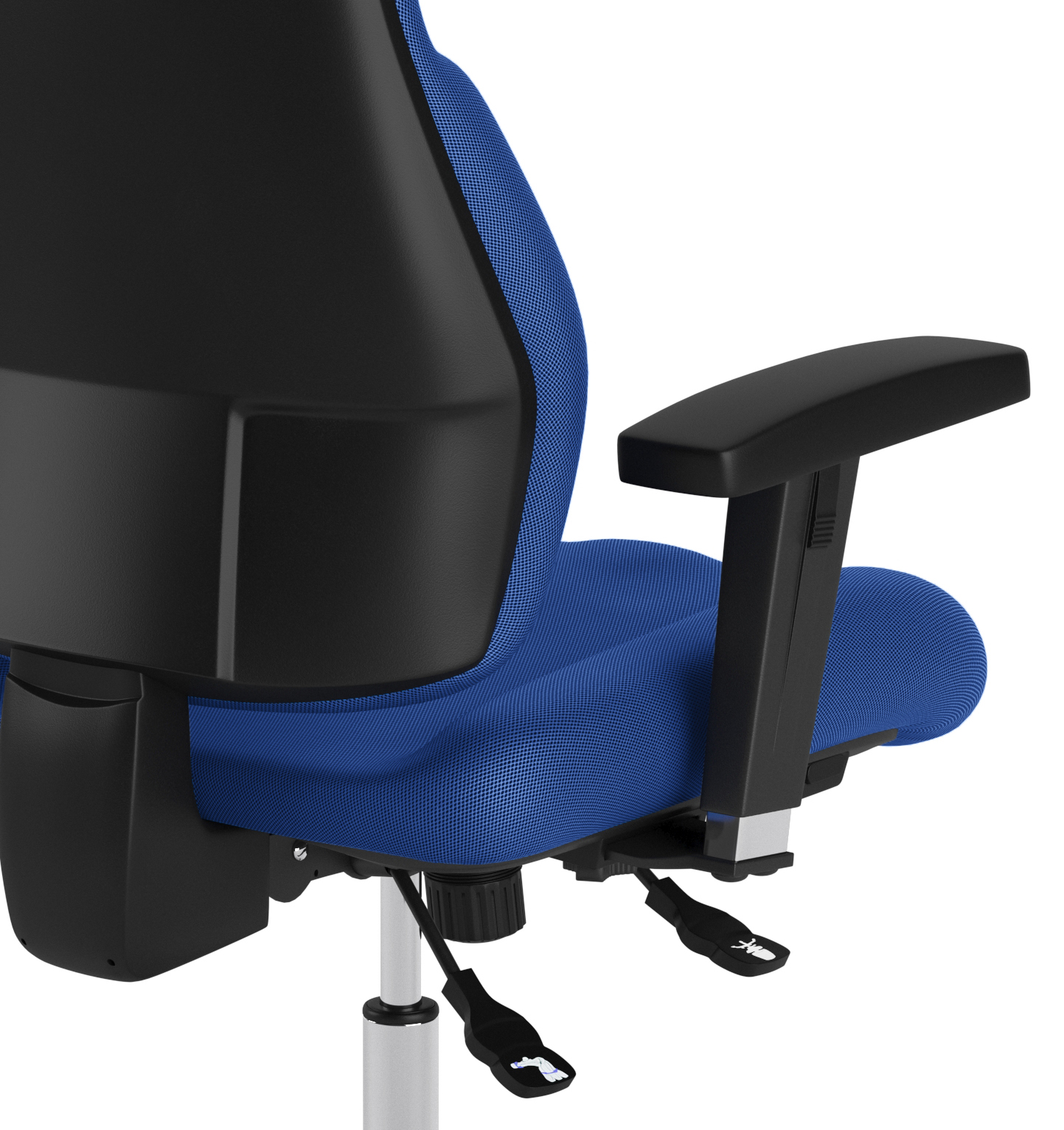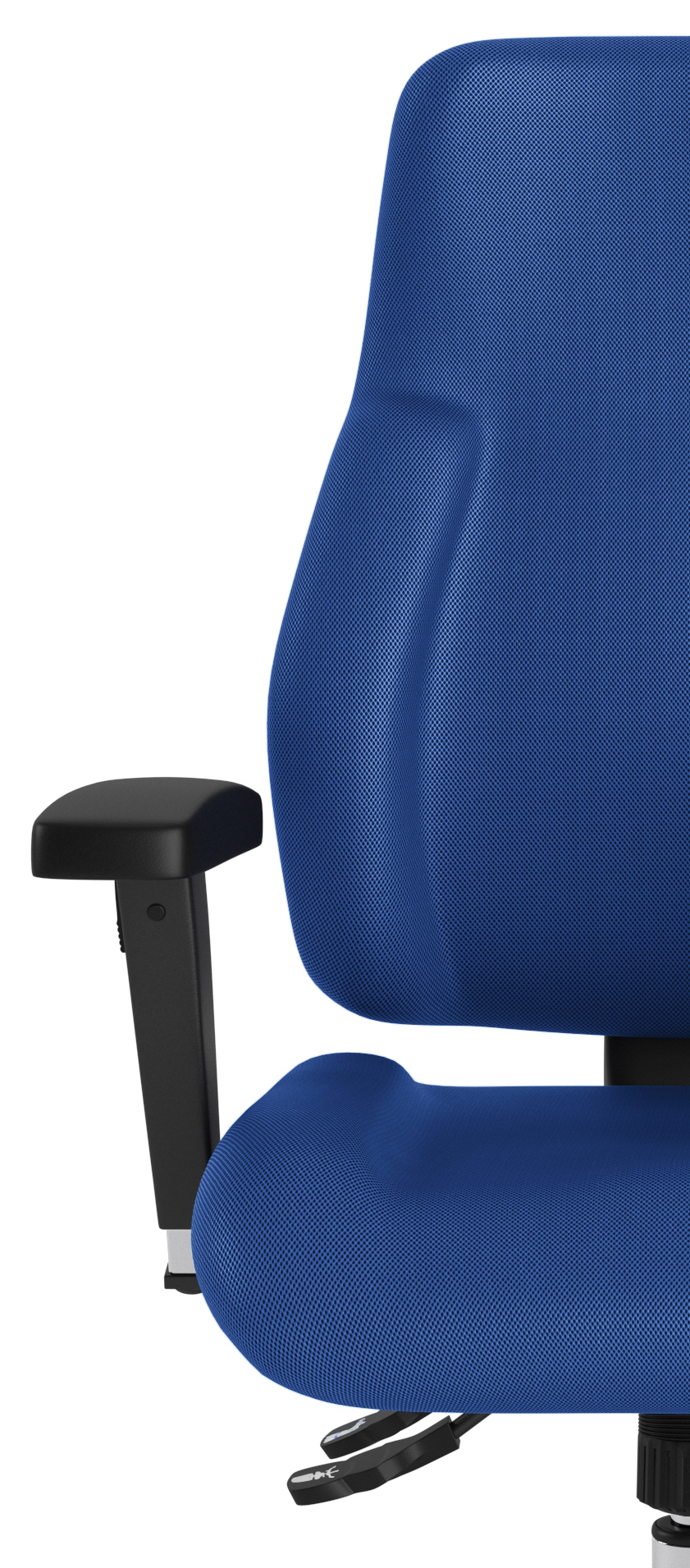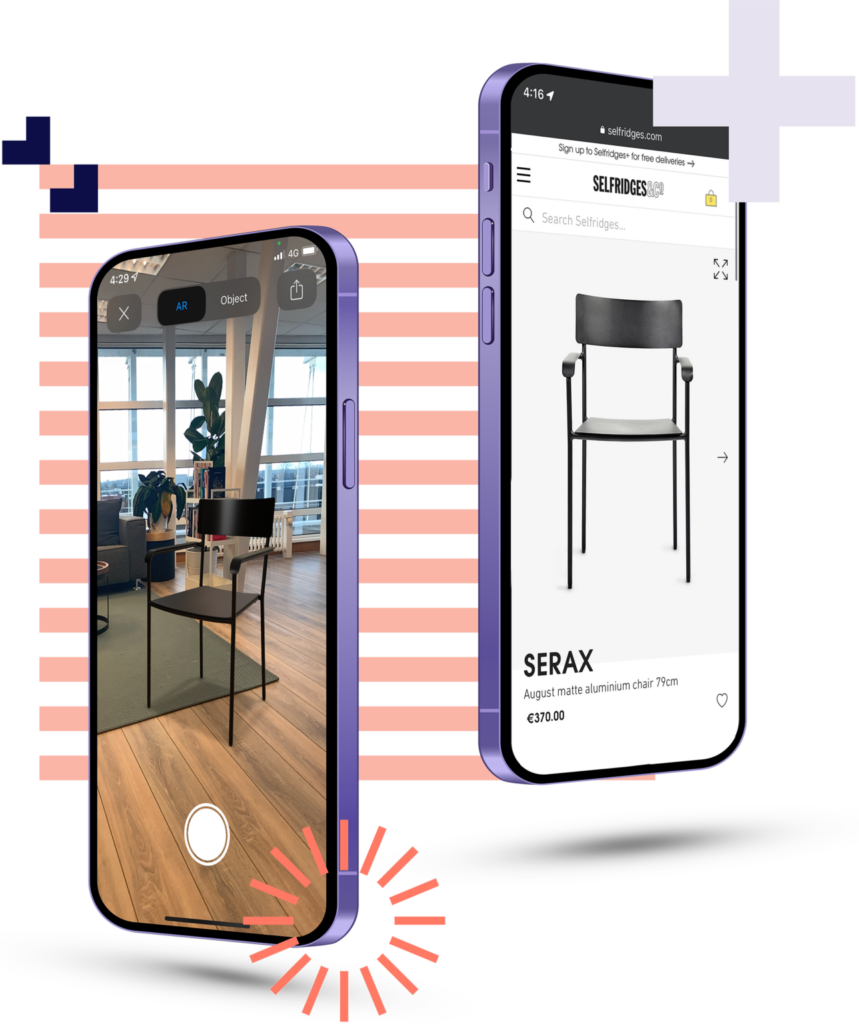In today’s digital age, product images play a vital role in attracting customers and making online shopping experiences more enjoyable. High-quality, consistent product images have become essential for businesses to thrive in the competitive e-commerce landscape. Virtual photography and computer-generated imagery (CGI) are two powerful tools that can help businesses achieve these goals. In this blog post, we’ll explore how virtual photography and CGI can be used to create consistent and high-quality product images.

The Importance of High-Quality Product Images
High-quality product images are crucial for businesses operating in the e-commerce space for several reasons:
- Enhancing Customer Experience: Clear, detailed images help customers understand the product better, reducing uncertainty and increasing the likelihood of making a purchase.
- Building Trust: Professional-looking images signal that a business is trustworthy and reliable.
- Boosting Conversion Rates: Studies have shown that high-quality images can significantly improve conversion rates.
- Reducing Return Rates: Accurate product representation through images reduces the chances of customer dissatisfaction and returns.
Virtual Photography: A Comprehensive Introduction
Virtual photography is the process of creating photorealistic images using 3D modeling, rendering, and virtual environments. It is an innovative method that enables businesses to create lifelike product images without the need for physical photography. Virtual photography involves the following steps:
- 3D Modeling: The product is digitally modeled in 3D software, with attention to detail and accurate representation.
- Texturing and Material Setup: The model is then textured to simulate real-world materials, such as metal, fabric, or plastic.
- Lighting: Virtual lights are set up to mimic the lighting conditions of a professional photography studio.
- Camera Setup: A virtual camera is positioned to capture the desired angles and compositions.
- Rendering: The final image is rendered at high resolution, creating a photorealistic product image.


CGI: A Game-Changing Technology
Computer-generated imagery (CGI) refers to the creation of images using computer software. It is widely used in various industries, including film, advertising, and gaming. In the context of product imaging, CGI offers numerous advantages:
- Flexibility: CGI allows businesses to create images from any angle or perspective, showcasing products in the best possible light.
- Cost-Effectiveness: By eliminating the need for physical photography, CGI can reduce costs associated with studio rentals, equipment, and labor.
- Time Savings: Virtual photography can be faster than traditional photography, especially when dealing with complex products or large-scale projects.
- Customization: With CGI, businesses can easily create variations of product images, such as different colors or configurations, without the need for additional photography sessions.
Benefits of Virtual Photography and CGI
Using virtual photography and CGI in product imaging offers several benefits:
- Consistency: Virtual photography ensures consistent lighting, camera angles, and compositions across all product images.
- Scalability: Virtual studios can easily handle large volumes of products, making it an ideal solution for businesses with extensive catalogs.
- Reduced Time-to-Market: Virtual photography and CGI enable businesses to create product images before the physical product is available, thus reducing time-to-market.
- Enhanced Creativity: Virtual environments provide endless possibilities for creative image composition and storytelling, helping businesses stand out from the competition.





Setting Up Your Virtual Photography Studio
To create consistent and high-quality product images using virtual photography and CGI, follow these steps:
- Choose the Right Software: There are numerous 3D modeling and rendering software options available, such as Blender, 3ds Max, Maya, and Cinema 4D. Select a program that fits your budget and skill level.
- Learn the Basics: Invest time in learning the fundamentals of 3D modeling, texturing, lighting, and rendering to achieve professional results.
- Develop a Style Guide: Create a style guide outlining the lighting setups, camera angles, and compositions that will be used consistently across all product images.
- Optimize the Workflow: Streamline your workflow by creating reusable assets, such as lighting setups and camera rigs, to ensure consistency and reduce production time.
Tips for Creating Consistent and High-Quality CGI Product Images
Here are some tips to help you create consistent and high-quality CGI product images:
- Use Reference Images: Gather reference images of the product to ensure accurate 3D modeling and texturing.
- Focus on Realism: Strive for photorealistic results by paying attention to details such as textures, reflections, and shadows.
- Experiment with Lighting: Use different lighting setups to highlight the product’s features and create a visually appealing image.
- Iterate and Refine: Continuously refine your 3D models, textures, and lighting to achieve the best possible results.
Case Studies: Successful Integration of Virtual Photography and CGI
Numerous businesses have successfully integrated virtual photography and CGI into their product imaging workflows:
IKEA: The Swedish furniture giant uses CGI for over 75% of its product images. Virtual photography has allowed IKEA to maintain consistency across its catalog, reduce costs, and increase creative flexibility.
Amazon: The e-commerce giant uses virtual photography to create consistent, high-quality images for its private-label products, such as AmazonBasics and Amazon Essentials.
Challenges and Limitations
While virtual photography and CGI offer numerous advantages, there are some challenges and limitations to consider:
- Learning Curve: Mastering 3D modeling, texturing, and rendering software can be challenging and time-consuming.
- Hardware Requirements: High-quality CGI often requires powerful computer hardware, which can be expensive.
- Not Suitable for All Products: Some products, particularly those with intricate details or complex materials, may be more challenging to replicate in a virtual environment.

The Future of Product Imaging
The future of product imaging is bright, with advancements in virtual reality (VR), augmented reality (AR), and artificial intelligence (AI) poised to revolutionize the industry. These technologies can further enhance the capabilities of virtual photography and CGI, providing businesses with even more creative and interactive ways to showcase their products.
Conclusion
Virtual photography and CGI have the potential to revolutionize product imaging, offering businesses a cost-effective, scalable, and creative solution for creating consistent and high-quality product images. By embracing these technologies and refining their workflows, businesses can stay ahead of the competition and enhance customer experiences in the digital age.





